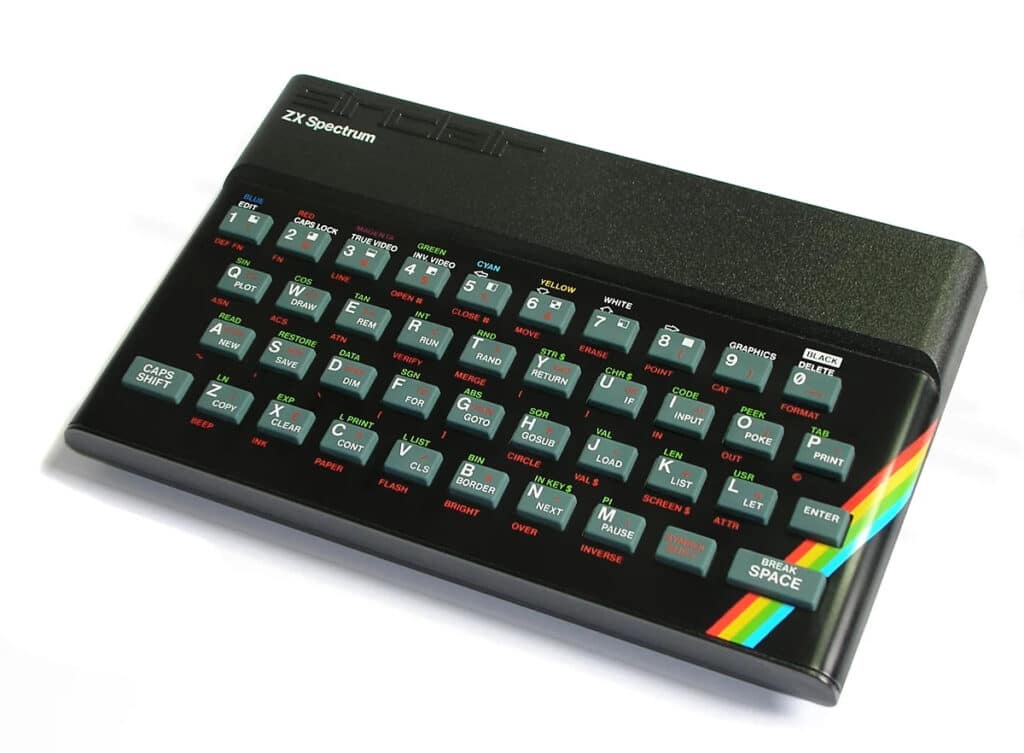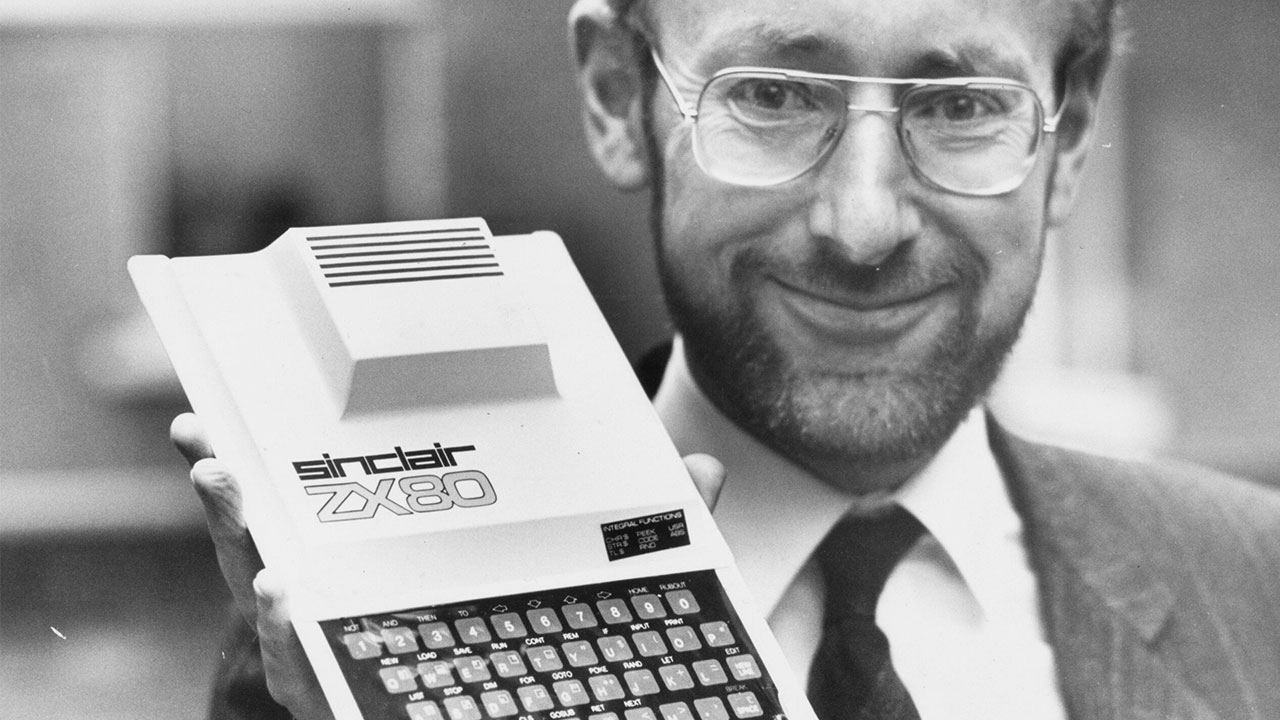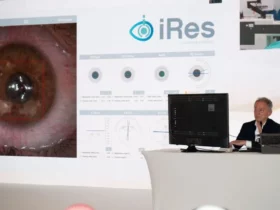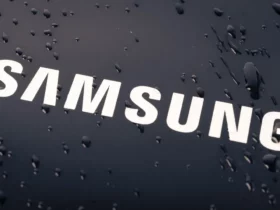He died at 81 Clive Sinclair, the English entrepreneur and inventor who gave birth to ZX Spectrum, home computer released in the 1980s. However, this is not the only idea of Sinclair to have become reality: he also owns the Sinclair C5 electric tricycle and other original inventions.
Who is Clive Sinclair?
Sir Clive Marles Sinclair was born in Richmond upon Thames, a London neighborhood, on July 30, 1940. Passionate about electronics at an early age, he initially worked as an editorial assistant at Practical Wireless and Instrument Practice and then founded the Sinclair Radionics in 1961.
In 1972 he produced the first compact calculator, called Sinclair Executive, while in the 80s they arrive the MK 14 microcomputer and the Sinclair ZX80, the first computer to sell for less than £ 100. A real revolution that was followed by the ZX81 – released in 1981 – and the ZX Spectrum. Their success was incredible, so much so that they earned the title of Sir.
Not all of Clive Sinclair’s inventions earned him praise, however. In 1983 the British inventor produced the Sinclair C5, an electric vehicle with battery and pedals. Equipped with a 250 W electric motor with handlebar control and produced in an appliance factory, the C5 cost Sinclair a capital, so much so that to finish production he decided to sell some shares of Sinclair Research, raising 12 million pounds.
Eventually 12,000 were produced but only 8,000 were actually sold. The C5 was a real flop, the fault of a series of technical defects such as the plastic transmission that made the vehicle fragile, the electronics subject to continuous failures, the lack of autonomy and the difficulties in tackling climbs.
In 1986 Clive Sinclair revenged Sinclair Research at Amstrad and then founded another computer company, the Cambridge Computers Ltd, owner of the Cambridge Z88 laptop. A few years later, however, Sinclair decided to abandon the computer market and jump into the transport market, producing – among other things – the Zike bicycle.
The ZX Spectrum, antagonist of the Commodore 64

It ZX Spectrum was, at least in Europe, Commodore 64’s biggest opponent. Conceived under the name ZX82 (or ZX81 Color), it was marketed as ZX Spectrum to emphasize its most important functionality, that of displaying images with a wide spectrum of colors.
This machine, which landed on the market in 1982, was distributed in two versions: one with 16 kB and one with 48 kB of memory. The price for the time was particularly low, so much to push millions of consumers to buy one. The fierce competition – from the aforementioned Commodre 64 and Amstrad CPC 464 – only minimally compromised the Spectrum’s market share. Instead, it was Sinclair’s wrong decisions and his failed projects – such as the C5 – that led to the collapse of the ZX series. A real shame given the initial success.
But what was this Spectrum like? First of all it was based on the 8-bit Z80A microprocessor from Zilog and it had 16 kB of ROM and 16 kB of RAM; on board also two 3.5 mm inputs, an RF out and an expansion port. The audio was entrusted to a buzzer as the video predicted a resolution of 256 × 192 pixels, with an 8 × 8 pixel font that allowed you to see 24 lines of 32 characters.
It ZX Spectrum I had a characteristic keyboard with 40 keys made of natural rubber with uppercase and lowercase while the language was the Sinclair BASIC, extensively customized by Sinclair Research Ltd to compensate for keyboard limitations and take full advantage of the graphics and sound characteristics of this computer.
And do you remember the ZX Spectrum? Have you had it?















Leave a Reply
View Comments